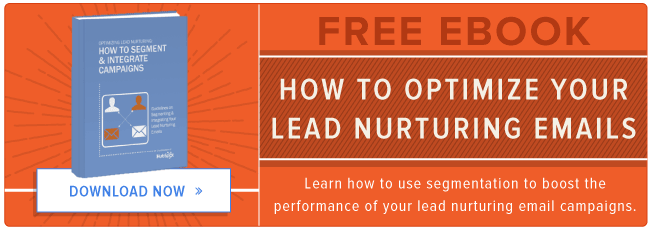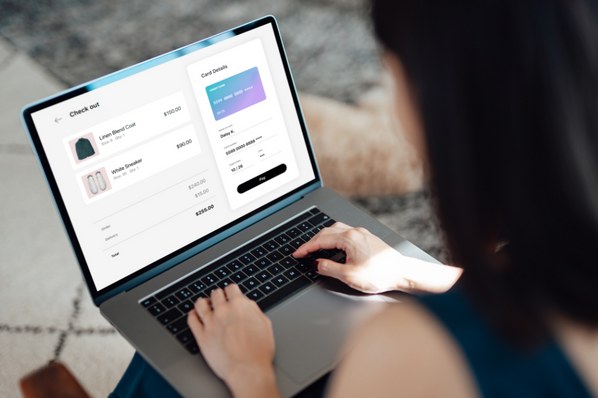When it comes to effective marketing automation, one of the best steps you can take is making sure your emails are properly set up for lead nurturing success.

Here are 5 steps you can take to ensure you generate more customers through a lead nurturing campaign.
1. Define Your Audience and Segment
Companies usually have more than one type of customer. Why do most companies only market to one type of buyer then? In order to set up a lead nurturing email campaign, you first need to know who needs nurturing. Once you've defined your ideal customer types, you should then segment them before you start creating campaigns.
2. Offer Something of Value First, Not a Sales Pitch
Just because someone converts on your page doesn't mean you should jump straight into sending them an email about requesting a quote or a demo. You need to nurture them through the sales funnel first to make them readier to buy. Instead of pitching your product as the greatest thing ever, you should first offer value. Examples of valuable offers include webinars, ebooks, and whitepapers. You don't have to create new content for your lead nurturing emails -- if you have a backlog of content, utilize those assets. If they've been successful converting leads in the past, there's a high chance the leads you're nurturing will find value in them, too.
3. Set Objectives and Goals for Each Email
So now you know you should be sending content first, not sales quotes. But how do you know what type of content to send? And what should that content's purpose be? Ultimately, you should be picking offers that will appeal to your chosen audience segment with the intention of moving them further down the sales funnel and closer to the customer stage.

A good example of how to do this is in the chart above from one of HubSpot's customers. Not only do they provide information about their offers and goals for each email, they also include the subject line and CTA they'll use to entice the reader to accept the offer. This type of chart is a great way to help you organize your campaigns and make sure you're implementing goals to reach that final step -- the sale.
4. Set Up a Timeline for Your Emails
Your business has a typical sales cycle, and so should your lead nurturing campaigns. Typically, it's a good idea to send 2 to 3 emails to your prospects in a lead nurturing campaign. Try to space out your emails accordingly. For example, if your typical cycle runs 30 days, you may want to set up a campaign for emails to be sent out the 1st, 10th, and 20th days after a conversion. With lead nurturing, patience is a virtue. It's important to remember not to rush into the sale. Instead, let it take its natural course.
5. Evaluate Your Success, and Optimize
As your campaigns run, make sure to experiment with the offers you send, the subject lines, and the calls-to-actions found within the email. There's always room to improve your campaign. Make sure you take advantage of testing and experimentation to better nurture your leads.
Lead nurturing can be ineffective if done incorrectly, but if you put the time into your campaigns and follow these steps, you'll be more likely to drive more lead-to-customer conversions for your business!
How are you using lead nurturing campaigns as part of your inbound marketing strategy?




![5 Email Campaign Ideas to Help Increase Conversion Rates [Infographic]](https://blog.hubspot.com/hubfs/email-drip-campaign-ideas.jpeg)





